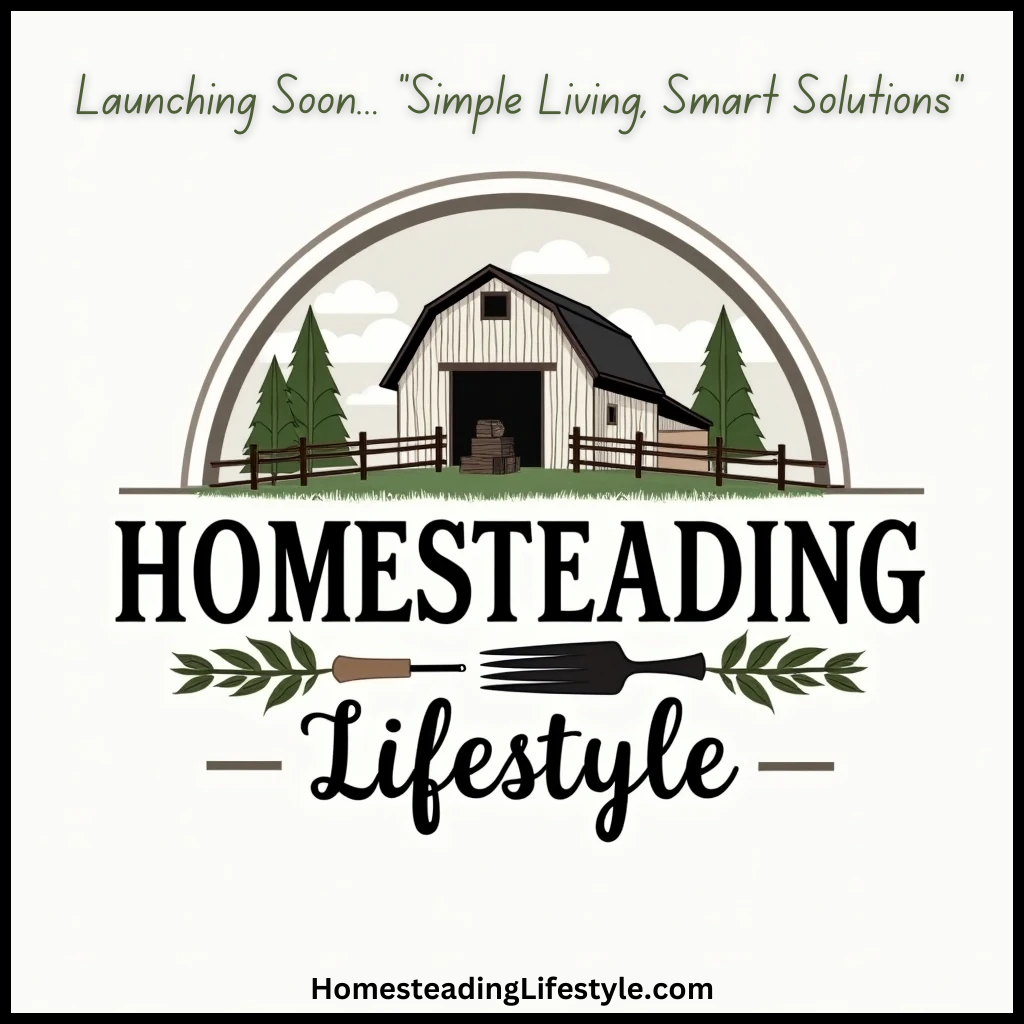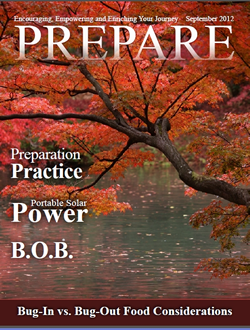- Introduction
- 1. Create a Container Garden System
- 2. Compost Kitchen Waste Efficiently
- 3. Install Vertical Planters and Green Walls
- 4. Raise Chickens or Small Livestock
- 5. Use Rainwater Harvesting Techniques
- 6. Grow Edible Indoor Plants
- 7. Build a Solar-Powered Greenhouse
- 8. Incorporate Permaculture Principles
- 9. Install Smart Garden Technologies
- 10. Join Local Urban Homesteading Communities
- Conclusion
- FAQs
Introduction
As urban living becomes increasingly popular in 2025, many city dwellers are exploring innovative ways to incorporate homesteading ideas into small spaces. The concept of urban homesteading ideas is all about transforming limited city environments into productive, self-sufficient ecosystems. From container gardening to rainwater harvesting, there are countless strategies to maximize your space and create a sustainable lifestyle right in the heart of the city. Whether you have a balcony, rooftop, or small yard, this guide will introduce you to 10 effective urban homesteading ideas to help you thrive in 2025.
1. Create a Container Garden System
Designing Small-Scale Gardens
Container gardens are a fundamental urban homesteading idea because they make gardening accessible in any space. You can grow vegetables, herbs, or even small fruit plants in pots on your balcony or patio. The key is choosing the right containers and plant varieties suited for urban environments. For example, compact tomato varieties or basil thrive in limited space and yield ample harvests. Using durable, lightweight containers makes mobility easier, especially if you need to reposition your garden based on sunlight or weather.
Consider layering your containers with multi-height arrangements to maximize vertical space and increase productivity. This approach not only saves space but also adds visual interest. You can also use self-watering pots, which are ideal for busy urban dwellers who want low-maintenance gardening options. In 2025, adopting innovative container gardening techniques will be essential for urban homesteaders aiming to boost self-sufficiency.
My advice? Start smallâperhaps with a windowsill herb gardenâand expand gradually. Experiment with different soil mixes and companion planting to improve yields. Container gardening is a versatile urban homesteading idea that anyone can implement, regardless of their living situation.
2. Compost Kitchen Waste Efficiently
Setting Up a Compact Compost System
In 2025, composting remains a vital urban homesteading idea for reducing waste and enriching your soil. Even small urban spaces can benefit from kitchen compost bins that handle organic waste like fruit peelings, coffee grounds, and vegetable scraps. Choose a compact, odor-controlled compost bin suitable for apartment living to avoid attracting pests.
Creating compost at home not only minimizes your landfill contribution but also supplies nutrient-rich soil for your garden containers and indoor plants. Microbial composters or worm bins are excellent options for urban dwellers who want a quick turnaround on compost production. Itâs a practical way to turn waste into a valuable resource, especially as sustainability takes center stage in 2025.
Start by incorporating composting into your daily routine, ensuring you balance greens and browns to prevent odor issues. Over time, you’ll see your compost develop into dark, crumbly soil perfect for urban gardening projects.
3. Install Vertical Planters and Green Walls
Maximizing Vertical Space
Vertical planters and green walls are game-changers in urban homesteading ideas, especially when space is limited. They allow you to grow a variety of herbs, vegetables, and flowers without sacrificing floor space. Installing a vertical garden on balcony walls or dedicated structures can dramatically increase your planting area while adding aesthetic value.
Modern vertical planters come in modular systems that make planting, maintenance, and harvesting easy. Choosing the right plantsâsuch as strawberries, lettuce, or herbsâensures continuous harvests with minimal effort. Green walls also improve air quality and add natural insulation to your urban home, making them a sustainable choice in 2025.
For maximum impact, combine aesthetics with functionality by incorporating irrigation systems or drip watering setups. As a result, your vertical garden becomes a thriving centerpiece of your urban homestead.
4. Raise Chickens or Small Livestock
Urban Livestock for Self-Reliance
Raising chickens or other small livestock is a well-loved urban homesteading idea that is gaining popularity despite city ordinances. Chickens provide fresh eggs, natural pest control, and organic fertilizer, making them a valuable addition to urban homesteads. Proper planning, including secure coops and local permits, is essential to integrate livestock sustainably.
Many city neighborhoods now relax regulations on backyard chickens, and urban farming grants often subsidize such projects. Small-scale livestock can also include rabbits or quail, which require less space and can be kept in backyard cages. These animals not only promote self-sufficiency but also help foster a deeper connection to sustainable living principles in 2025.
My tip? Start with a small flock and invest in humane, predator-proof enclosures. Regularly educate yourself on city-specific livestock regulations, and ensure your animals are well cared for and compliant with local laws.
5. Use Rainwater Harvesting Techniques
Collecting and Reusing Rainwater
In 2025, water conservation is more important than ever. Rainwater harvesting is a practical urban homesteading idea that enables you to reduce reliance on municipal water systems and support your gardening efforts. Installing rain barrels or more sophisticated collection systems can supply water for your plants and outdoor cleaning needs.
Effective rainwater harvesting systems involve filtering debris and sometimes adding UV sterilization to ensure safe water use. This approach not only helps conserve water but also reduces your utility bills significantly. Urban rooftops and balconies are excellent locations for implementing these systems, making them accessible regardless of your living space size.
My advice? Start simple with a rain barrel connected to your downspout, and expand your system over time with additional storage tanks or irrigation automation. In 2025, embracing rainwater harvesting aligns perfectly with sustainable urban homesteading practices.
6. Grow Edible Indoor Plants
Indoor Gardening for Fresh Herbs and Veggies
Growing edible indoor plants is an essential urban homesteading idea for year-round fresh produce. Fresh herbs like cilantro, basil, and mint are easy to cultivate on windowsills or under grow lights. Additionally, compact varieties of lettuce, microgreens, and cherry tomatoes can thrive indoors with minimal space.
Indoor gardening improves air quality, provides nutritious food, and adds a personal touch to city living. Using LED grow lights in winter or darker months ensures consistent growth when natural sunlight is limited. Over 60% of urban homesteaders in 2025 are incorporating indoor edible plants into their routines as part of their self-sufficient lifestyle.
My recommendation? Choose containers with good drainage, use organic soil, and water regularly. Experiment with different plant types to discover what grows best in your specific indoor environment.
7. Build a Solar-Powered Greenhouse
Sustainable Climate Control for Urban Gardens
In 2025, solar-powered greenhouses are becoming an increasingly popular urban homesteading idea for extending growing seasons and protecting plants. These structures harness renewable energy to regulate temperature and humidity, making year-round gardening feasible even in colder climates.
Design options vary from small, DIY lean-tos to full-scale greenhouses with automated ventilation and heating. Solar panels power grow lights, fans, and watering systems, ensuring minimal environmental impact. This approach maximizes productivity and exemplifies sustainable living in compact urban settings.
Pro tip: Orient your greenhouse to maximize sun exposure, and use energy-efficient materials to enhance insulation. A solar-powered greenhouse is an investment that pays off through increased food security and reduced energy costs.
8. Incorporate Permaculture Principles
Sustainable and Resilient Urban Ecosystems
Permaculture is a cornerstone urban homesteading idea that emphasizes designing sustainable, resilient systems that mimic nature. Applying permaculture principles involves creating diverse plant combinations, using water-smart design, and reclaiming wasted space for productive use.
In small urban areas, this can mean incorporating edible landscaping, companion planting, or creating zones for water catchment. Permaculture promotes biodiversity, reduces maintenance, and enhances the ecosystem’s overall healthâvital qualities for urban homesteaders in 2025 who seek self-sufficiency with minimal inputs.
Start by observing your space, then plan your garden layout based on sunlight, water flow, and plant relationships. A permaculture approach transforms limited spaces into thriving, sustainable environments.
9. Install Smart Garden Technologies
Automation and Data-Driven Gardening
Smart gardening technologies are revolutionizing urban homesteading ideas in 2025. Automated watering systems, soil sensors, and climate controls make managing your garden easier and more efficient. These tools allow you to monitor moisture levels, temperature, and light remotely, optimizing plant growth.
Using smartphone apps to control irrigation schedules or analyze soil health empowers urban gardeners to reduce water waste and prevent plant stress. IoT-enabled devices provide real-time data, leading to smarter decision-making and higher yields.
My recommendation? Start with simple smart watering systems, and gradually integrate additional sensors or control hubs. Smart garden tech maximizes productivity, especially beneficial for busy city residents balancing many responsibilities.
10. Join Local Urban Homesteading Communities
Networking and Skill Sharing
One of the most powerful urban homesteading ideas is building a network of local enthusiasts. Urban homesteading communities provide support, knowledge exchange, and opportunities for group activities like seed swaps or communal gardening. In 2025, these connections are more important than ever for adopting sustainable practices and overcoming space limitations.
Joining online forums, local garden clubs, or city-sponsored workshops can help you find resources, mentorship, and motivation. Plus, collaborative efforts often lead to greater access to land, tools, and shared harvests. Community engagement fosters resilience and innovation in urban living.
Tip: Participate actively in your local homesteading scene and consider starting community projects to expand access to urban agriculture for neighbors and friends.
Conclusion
In 2025, embracing urban homesteading ideas is more relevant than ever for creating sustainable, self-sufficient urban environments. From innovative container gardens to rainwater harvesting and smart tech, these strategies empower city dwellers to produce their own food and reduce reliance on external systems. Whether you’re new to urban homesteading or looking to refine your approach, implementing these 10 ideas can transform your space into a thriving mini-ecosystem. Start small, think creatively, and join the vibrant community working towards resilient city living. The future of urban homesteading is bright and full of possibilities!
Frequently Asked Questions
1. What are the best urban homesteading ideas for small balconies?
Container gardening, vertical planters, and rooftop green roofs are excellent options. Use space-efficient containers and consider stacking or hanging plants to maximize your limited area.
2. How can I incorporate sustainable water practices into my urban homestead?
Rainwater harvesting and drip irrigation are two effective methods. Set up rain barrels connected to your downspouts, and use moisture sensors to automate watering and conserve water.
3. Are urban livestock feasible for small spaces?
Yes, small livestock like chickens (if permitted), quail, or rabbits can be suitable with proper planning. Check local regulations and ensure secure enclosures to keep animals safe.
4. How does urban homesteading contribute to sustainability?
It reduces waste, minimizes reliance on external food systems, conserves water and energy, and promotes biodiversity. These practices align with global sustainability goals and climate resilience.
5. How can I get started with urban homesteading ideas in 2025?
Start smallâperhaps with herbs on your windowsillâthen expand to composting, container gardens, and rainwater harvesting. Join local communities or online groups for inspiration and support.






